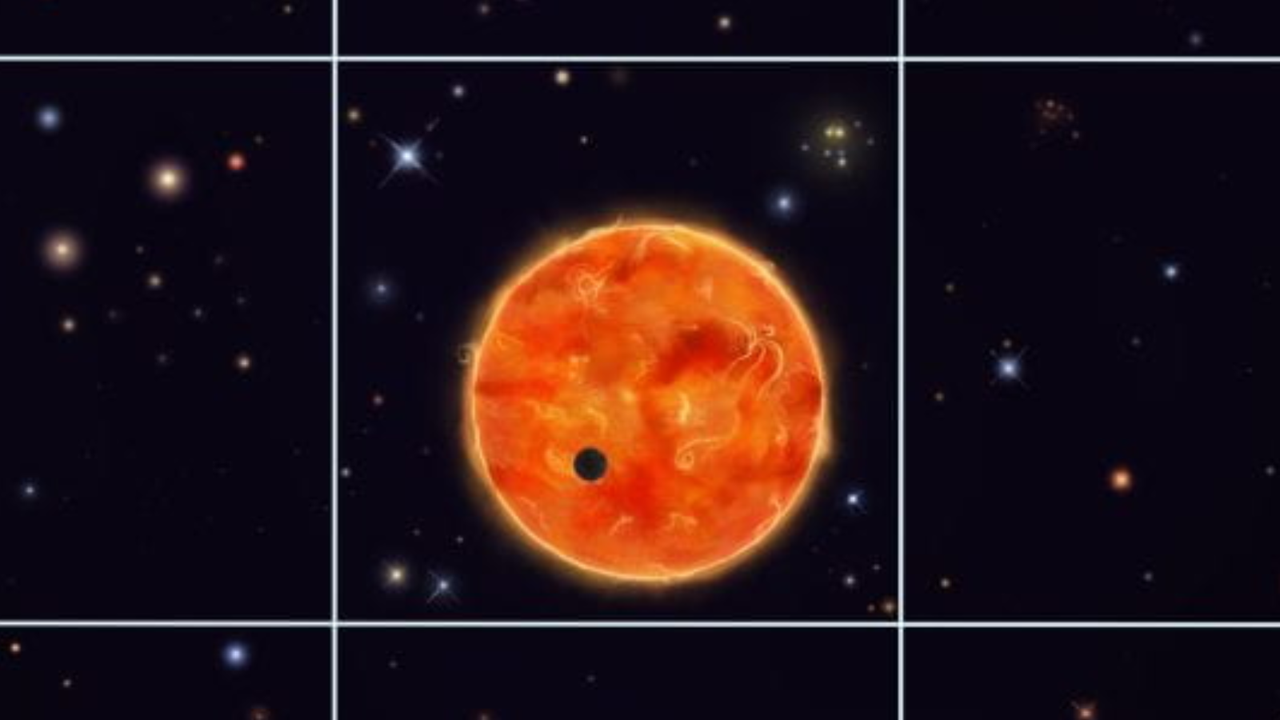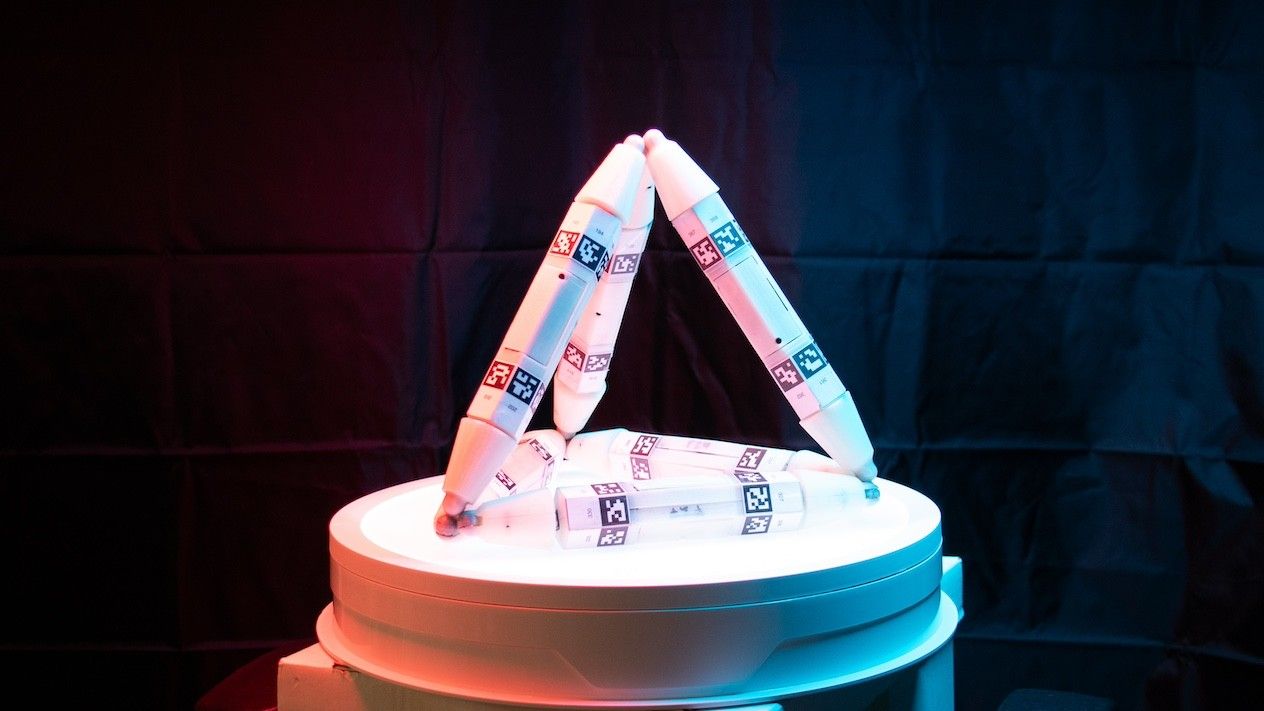Now Reading: Earth-Size Planets Rarer Than Expected, Challenging Alien Life Prospects
-
01
Earth-Size Planets Rarer Than Expected, Challenging Alien Life Prospects
Earth-Size Planets Rarer Than Expected, Challenging Alien Life Prospects

Quick Summary
- Researchers from the University of California, Irvine discovered that as many as 200 exoplanets observed by NASA’s TESS satellite might potentially be larger than previously calculated due to light contamination from neighboring stars.
- This finding questions earlier assessments of Earth-like planets adn suggests fewer planets similar to Earth’s size and composition might exist.
- The study utilized computer modeling and data from ESA’s Gaia mission to correct for light contamination in TESS observations.
- Larger detected exoplanets are likely ocean worlds (“hycean worlds”) or small gas giants such as Neptune or uranus-less likely candidates for hosting life compared to Earth-size planets.
- These results could impact priorities for follow-up observations with tools like the James Webb Space Telescope and challenge assumptions about water worlds’ prevalence in the galaxy.
- Researchers plan to revisit earlier detections of uninhabitable planets based on their size estimates.
Indian Opinion Analysis
While extraterrestrial research isn’t directly tied to India’s immediate scientific goals, studies like this influence global conversations about space exploration-an area where India has recently grown its competence through missions like Chandrayaan and Mangalyaan. Findings suggesting fewer Earth-sized exoplanets focus attention on the accuracy of observational technologies, underlining a need for refinement across global efforts in astronomy, including India’s own projects.
As concerns widen towards larger ocean planets possibly unsuitable for life,international cooperation targeting precision instrumentation emerges more crucial than ever-a realm where ISRO’s upcoming collaborations could prove valuable. While not directly impacting India’s space agenda today, such revelations emphasize opportunities ahead in advancing multi-nation alignment within deep-space research initiatives.



























